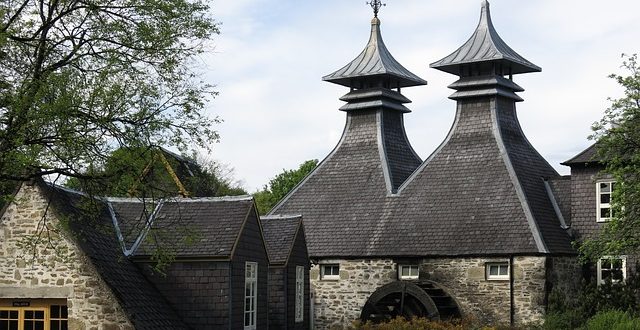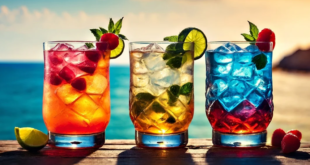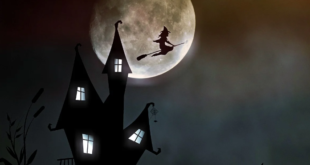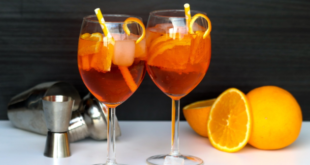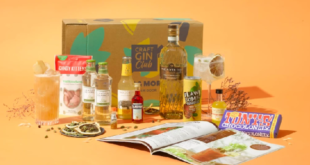Scotland has been producing Scotch Whisky since the fifteenth century. It accounts for about a quarter of UK food and drink exports. In 2016 exports were up 4% worth about £4 billion. There are around 120 distilleries operating under strict regulation. The Scotch Whisky Association (SWA) protects and promotes this important industry. 15 new distilleries are open, many more are preparing to open. The level of tax at 77% is a controversial issue.
Production Process
The initial stage is producing malt. Barley grains are steeped in water until they germinate on the malting’s floor. The process is halted by drying in a kiln. Some distilleries add peat resulting in a smoky flavour. After crushing, and adding water and yeast, the fermentation starts. The resulting “wash” is about 8% alcohol.
Alcohol boils at a lower temperature than water, this is the basis of fermentation. Beautiful traditional copper Pot Stills produce spirit in batches. Continuous production Coffey and Patent Stills are used for grain whiskies. The process is repeated to reach the required strength. The initial and final output, the Heads and Tails are set aside, they contain methanol and other undesirables.
At this stage, the spirit is colourless and harsh, this changes during the maturing process in oak casks. Unlike in the United States, casks formerly used for Bourbon, Sherry, Port or Wine can be used, this is especially relevant, imparting distinctive characteristics. The youngest Whisky in the bottle must have matured for at least three years in an oak barrel. It can though be much longer.
Malt Whisky
Single Malt Whisky is the premium offering, it accounts for about 25% of revenue, continuing to increase it’s market share. Producers can only use malted barley and a traditional pot still. There are around 100 operating distilleries. Flavours vary widely, some with a distinctive smokiness. Single Malt Whisky, the most common must come from a single distillery. Blended Malt Scotch Whisky contains malt whiskies for two or more distilleries.
Blended Scotch Whisky
This type dominates production at close to 90%, it includes well known brands such as Famous Grouse and Bells. Producers blend various grain and malt whiskies to produce a recognisable brand style. Grain whiskies use other cereals alongside Barley in the mash, in Scotland mainly Wheat. Grain type typically make-up 60-80% of a blended brand.
Rare Single Grain Scotch Whisky comes from a single grain whisky distillery. Blended Grain Scotch Whisky is made from two or more grain types.
Regions
The Scotch Whisky Association defines five regions. (Islands other than Islay are sometimes unofficially under their own islands classification).
- The Lowland region includes Scotland’s densely populated central region from Glasgow to Edinburgh. This is home to most high volume Grain Whisky producers
- Speyside is the North-East. Despite it small size, enjoys it’s own classification as a result of the concentration of single malt distilleries. Most noteworthy is Glenfiddich, the world’s leading brand and still privately owned
- The same is true of Islay. On this small island there are eight distilleries including Laphroaig who produce some of the most distinctive tasting types. Islay probably has the highest ratio of distilleries to population on the planet.
- Highlands (including other islands) account for most single malt production.
- Campbeltown is no longer the force it was. From around thirty distilleries, now only three are operating
Tours and tastings are on offer at many distilleries. Many are in beautiful locations in historic buildings housing gleaming copper colour stills. Guided tours are available taking in several visits and providing an opportunity for your gift shopping.
Miscellanea
- During US prohibition, doctors could prescribe whisky for medical purposes
- In the nineteenth century, the Phylloxera beetle’s devastating effect on Brandy producers led to Scotch Whisky overtaking Brandy as the spirit of choice
- The dissolution of the monasteries subsequently led after went into the distilling businessSome monks displaced fr
- Until the early 1800s, illegal stills dominated output
- The treasury takes about £1 billion each year in taxes
- There’s around 20 million casks maturing away in Scotland
- France drinks about ten times more Scotch than Brandy
- Cask strength is around 60-70% ABV rather more than the 40% seen in our supermarkets
- Scotch exports reach 200 countries around the world
 Vino-Club For Wine Lovers
Vino-Club For Wine Lovers
